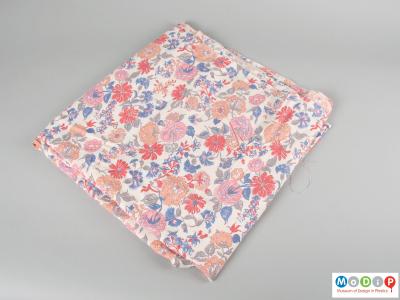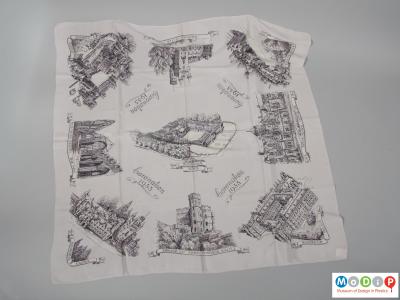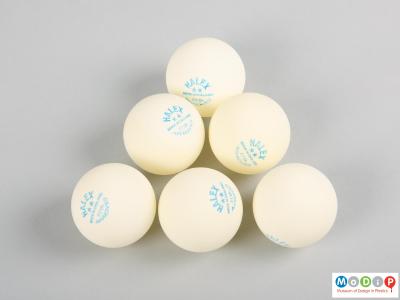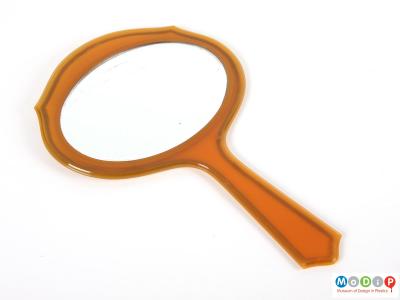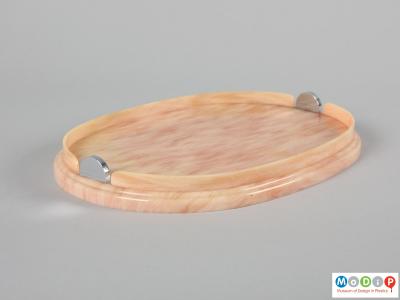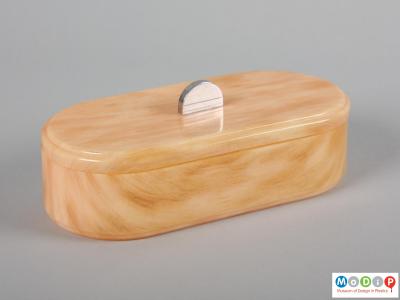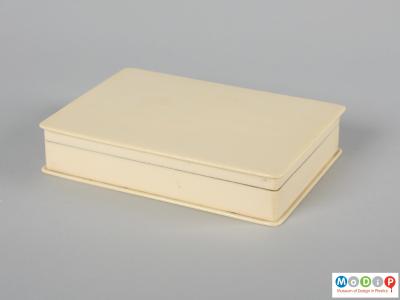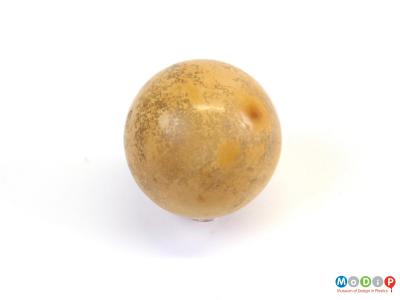Description
A family of thermoplastic resins manufactured by the chemical modification of cellulose, the main component of plant tissue.
History
Two of the earliest produced semi-synthetic plastics, cellulose acetate, and to a lesser extent cellulose nitrate, are still in use today.
Cellulose nitrate was first displayed at the1862 International Exhibition, London. It was the first common domestic plastic and was named Parkesine, after its inventor Alexander Parkes, from 1862-1868, and Xylonite (British) and Celluloid (USA) from 1870s. It was turned into an artificial fibre like silk in 1884 called Chardonnet silk. Its use almost ceased in 1940s.
Cellulose acetate was first prepared in 1865 and adapted to form viscose silk in 1892. In 1908 it was produced as Cellophane but it was only developed as a hard material for commercial use from 1918. As other plastics were developed its use began to fall off in the 1970s but there is a current revival in interest in the material as it is made from renewable resources.
Common uses
Cellulose nitrate was introduced in the USA in 1869 in response to a call for the creation of a material to replace ivory used for billiard balls. It was also used by Eastman Kodak from 1889 until 1951 for film when it was replaced by cellulose acetate safety film, and is still used to make ping pong balls, a material which has never been bettered for this purpose.
Cellulose acetate has a wide range of uses. Its warm, tactile quality has made it a popular choice for toys, fashion accessories, textiles, tool handles, safety and sports goggles and spectacle frames. It is also the fibre used in cigarette filters.
Recyclability
Post-consumer cellulose acetate can be blended with other recyclable plastics to create different items.


